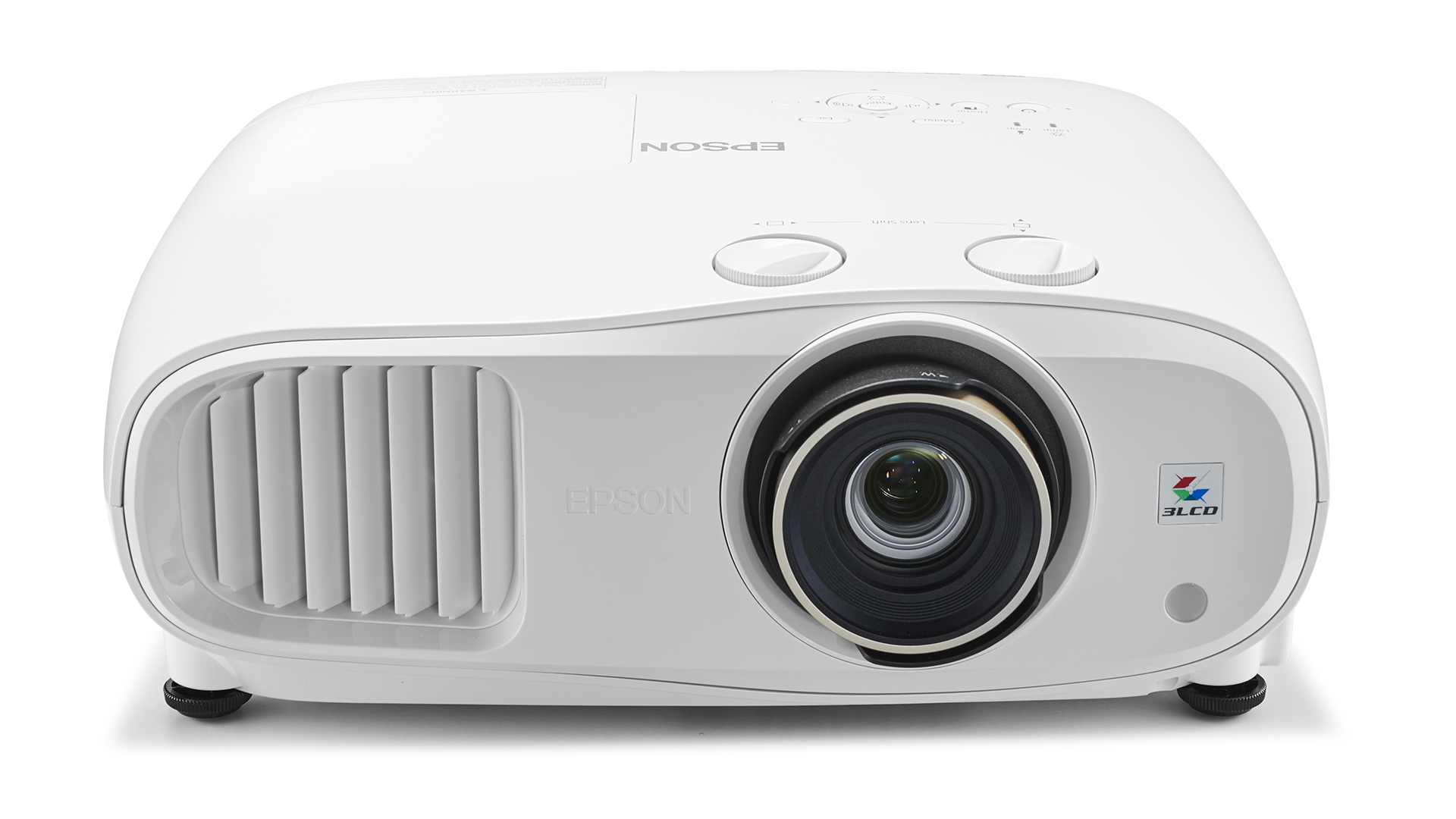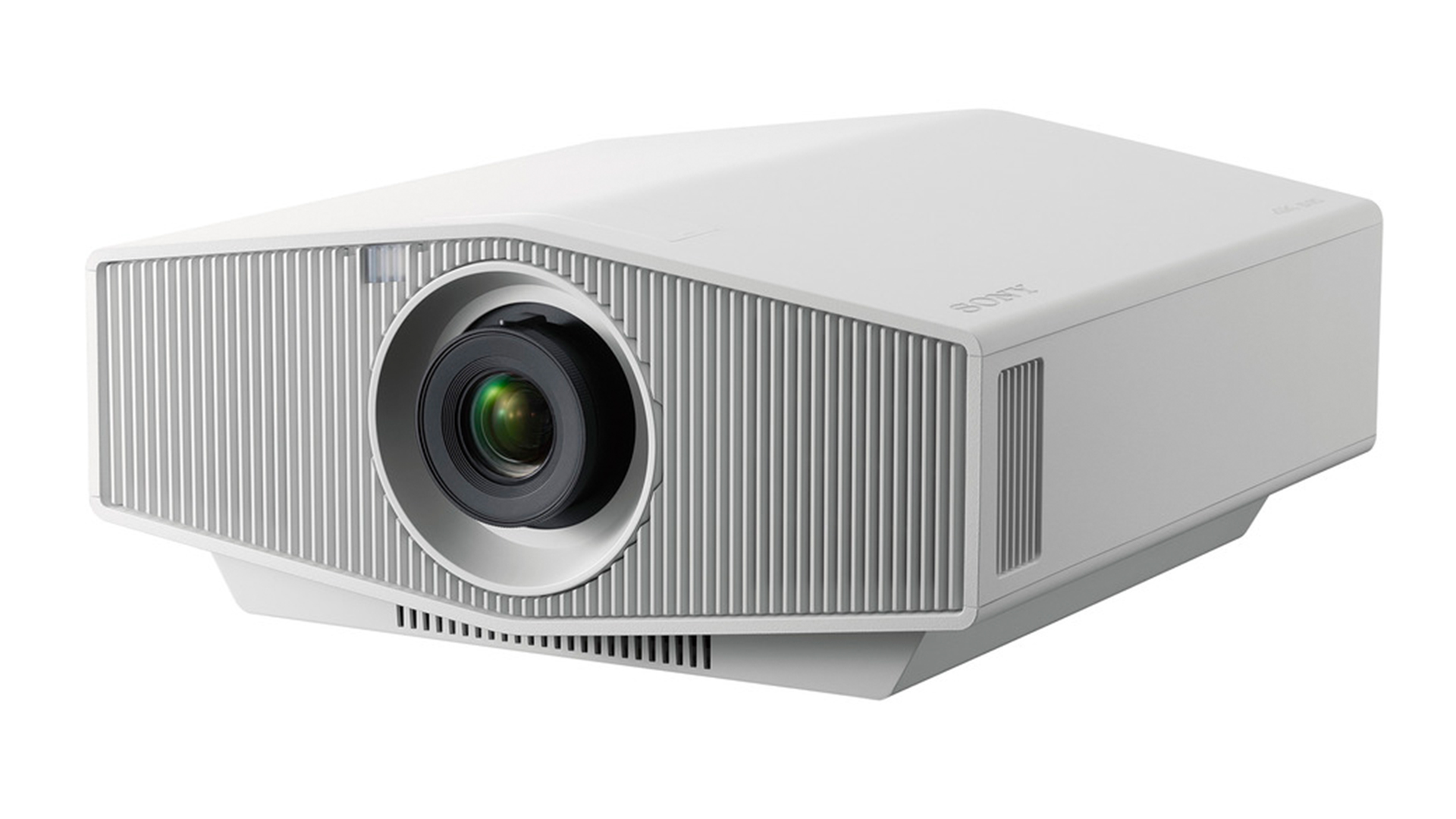Native 4K vs pixel shifting: 4K projectors explained
Let's clear up some 4K projector buzzwords

Suppose you’ve been keeping up to date with our latest projector reviews, and best projector lists or maybe you are in the process of buying a projector yourself. In that case, the likelihood is you’re after a model that can output at the crisp and detailed resolution of 4K. With projectors going the way of TVs, most home cinema units that you’ll see today are 4K, and again much like TVs, you’ll find that they span a range of use cases, budgets and performance levels.
During your research, you may have come across two types of 4K projectors, but what differentiates them? While both Native 4K and Pixel Shifting units hit that desired resolution, they go about it in different ways, so it's important to know which is which before you invest in arguably one of the most important pieces of kit for your home cinema.
4K Projection - what you need to know

The 4K resolution on projectors can differ slightly from the 4K we know from TVs. Here the resolution can be 4096 x 2160 or 8.8 million pixels, however, some projectors still use the 3840 x 2160 resolution found on TVs which equals roughly 8.3 million pixels. These figures are achieved in two different ways by pixel shifting and native 4K projectors respectively.
Pixel shifting - what is it?
Pixel shifting is an alternative way of creating a 4K image that uses clever image processing and an HD chipset. Here, a projector outputs two 1920 x 1080 images, with one shifted slightly (hence the name pixel shift) to the side; these two images overlap creating a 4K image which (in theory) should look more detailed than a 1920 x 1080 HD image. The duplicating of two 1920 x 1080 images creates the 3840 x 2160 resolution we’re looking for, creating the roughly 8.3 million pixels required for 4K.
Different companies often brand their pixel shifting 4K projectors differently; for example, JVC uses the term “E-Shift”, Epson calls it “4K Enhancement”, and for BenQ and Optoma projectors you may see the term XPR used for their pixel shifting projectors.
Pixel shifting - why choose it?

The key difference between the two methods of achieving 4K is down to the price of manufacturing; 1920 x 1080 chipsets are cheaper than native 4K chipsets, meaning manufacturers can keep the cost of making these pixel-shifting units down. It's also more common for pixel-shifting units to use DLP or LCD backlighting systems, which also tend to be cheaper than laser backlighting units on average.
Whereas the cheapest native 4K projector we've seen costs £5999 / $5998 / AU$9990, some of our favourite pixel shift 4K projectors cost less than a quarter of that. Take the BenQ W18000, one of our favourite 2022 Award-winning projectors, it boasts a 4K image achieved through pixel shifting and puts on a convincingly cinematic show for just £1099.
The latest hi-fi, home cinema and tech news, reviews, buying advice and deals, direct to your inbox.
Native 4K - what is it?
As the name may suggest, native 4K projectors use chipsets (three to be exact) that output a 4096 x 2160 image by reproducing each of those 8.8 million pixels individually. This is achieved by the chipset without any extra necessary processing or duplication of pixels; this is why you may also see it advertised as “True 4K” on some projectors.
Native 4K - pros and cons

As native 4K projectors are capable of reproducing each of those 8.8 million pixels individually, they often result in a stunningly crisp image that pixel-shifting units often can’t compete with. That’s not to say those pixel-shifting units produce a subpar 4K picture, it's just tough to rival native’s ability to squeeze the extra detail from that higher pixel count. If native 4K is an option for you, we recommend you choose it for the best picture quality as, in almost all cases, it will outperform pixel shifting.
However, that enhanced picture comes at a cost, with the cheapest native 4K projector that we’ve tested coming in at £5999 / $5998 / AU$9990. That was the Sony VPL-XW5000ES, and it took home the 2022 Best Projector Award.
Verdict
The trade-off seems clear then, while a native 4K chipset is the higher quality option, it also is only an option for those who are open to investing some serious money into their home cinema setup.
Pixel shifting often gets a bad rap, deemed to be “fake 4K” by many, however, it brings a significant upgrade over 1080p for a much more reasonable price and there are plenty of non-native 4K projectors that we have tested and thoroughly enjoyed. That being said, native 4K is a top-notch experience and the option to go for if budget is of less concern.
MORE:
Clear up even more projector jargon with our Nits and Lumens guide
Check out our list of the best projectors
Find top projector deals, to upgrade your home cinema for less
Lewis Empson is a Senior Staff Writer on What Hi-Fi?. He was previously Gaming and Digital editor for Cardiff University's 'Quench Magazine', Lewis graduated in 2021 and has since worked on a selection of lifestyle magazines and regional newspapers. Outside of work, he enjoys gaming, gigs and regular cinema trips.
